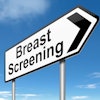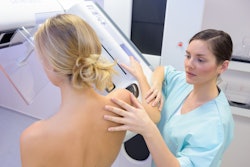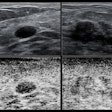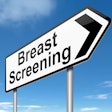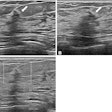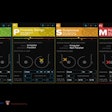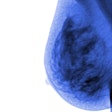Patients who prefer "medical maximizing" – acting now as opposed to waiting to address cancer symptoms and concerns – demonstrate higher anxiety about cancer, according to research published June 14 in JAMA Network Open.
A team led by Catherine Jensen, MD, from the University of Michigan in Ann Arbor also found that medical maximizers are more likely to be Black, overestimate cancer incidence, and self-report having good health.
“These findings indicate that educational efforts to reduce patient-associated medical overutilization across the cancer continuum should account for racial differences, emotional concerns about cancer, and beliefs about the risk of developing cancer,” Jensen and colleagues wrote.
Medical overuse adds to significant healthcare expenses and may expose patients to unnecessary risk and surgery that may not be all that beneficial. This can occur at multiple time points, including screening, diagnosis, treatment, and surveillance. The researchers highlighted that this makes patient preference important for shared decision-making, individualized care, and the expansion of potential treatment methods.
Proponents of biennial breast cancer screening, for example, suggest that women at average risk who undergo annual mammography may be exposed to unnecessary amounts of radiation and be anxious about their screening. Recent draft recommendations for breast cancer screening in Canada emphasize shared decision-making between women seeking screening advice and their primary care provider.
Jensen and colleagues administered surveys to understand public attitudes toward medical utilization and the association of these attitudes with cancer beliefs. They used the Maximizer-Minimizer Elicitation Question, a validated, single-question evaluation that measures medical use preferences of the general public. It helps identify patients who seek aggressive or “maximizing” approaches to medical care. Previous research suggests that these "maximizers" are more likely to want unnecessary or low-value tests and interventions.
The researchers labeled participants as maximizers – those preferring to take action in medically ambiguous situations – and non-maximizers (those who prefer a “wait and see” approach). They also focused their study on breast, thyroid, and prostate cancers, excluding individuals reported to be at high risk.
The survey study included data gathered from 1,131 participants with an average age of 45. Of the total, 568 were women and 563 were men. The team classified 287 participants as maximizers and 844 as nonmaximizers.
The researchers used logistic regression and found that the following patients tended to be maximizers: Those self-reporting very good or excellent health (odds ratio [OR], 2.01, with 1 as reference); Black participants (OR, 1.88); those having high levels of cancer worry (OR, 1.62); and those who overestimate cancer incidence (OR, 1.58).
Additionally, participants who believed that they personally had a higher-than-average risk of developing cancer were more likely to be maximizers (23.6% vs. 17.4%, p = 0.03). However, this factor was not significant in regression analyses, the researchers reported.
The study authors highlighted that their results underscore the need for educational efforts to reduce patient-associated medical overutilization in cancer care from screening and diagnostic testing to treatment. This includes accounting for emotional concerns about cancer and beliefs about the risk of developing cancer.
The full study can be found here.


